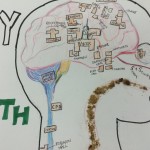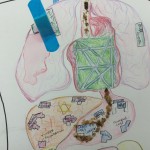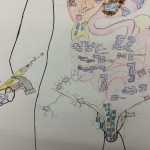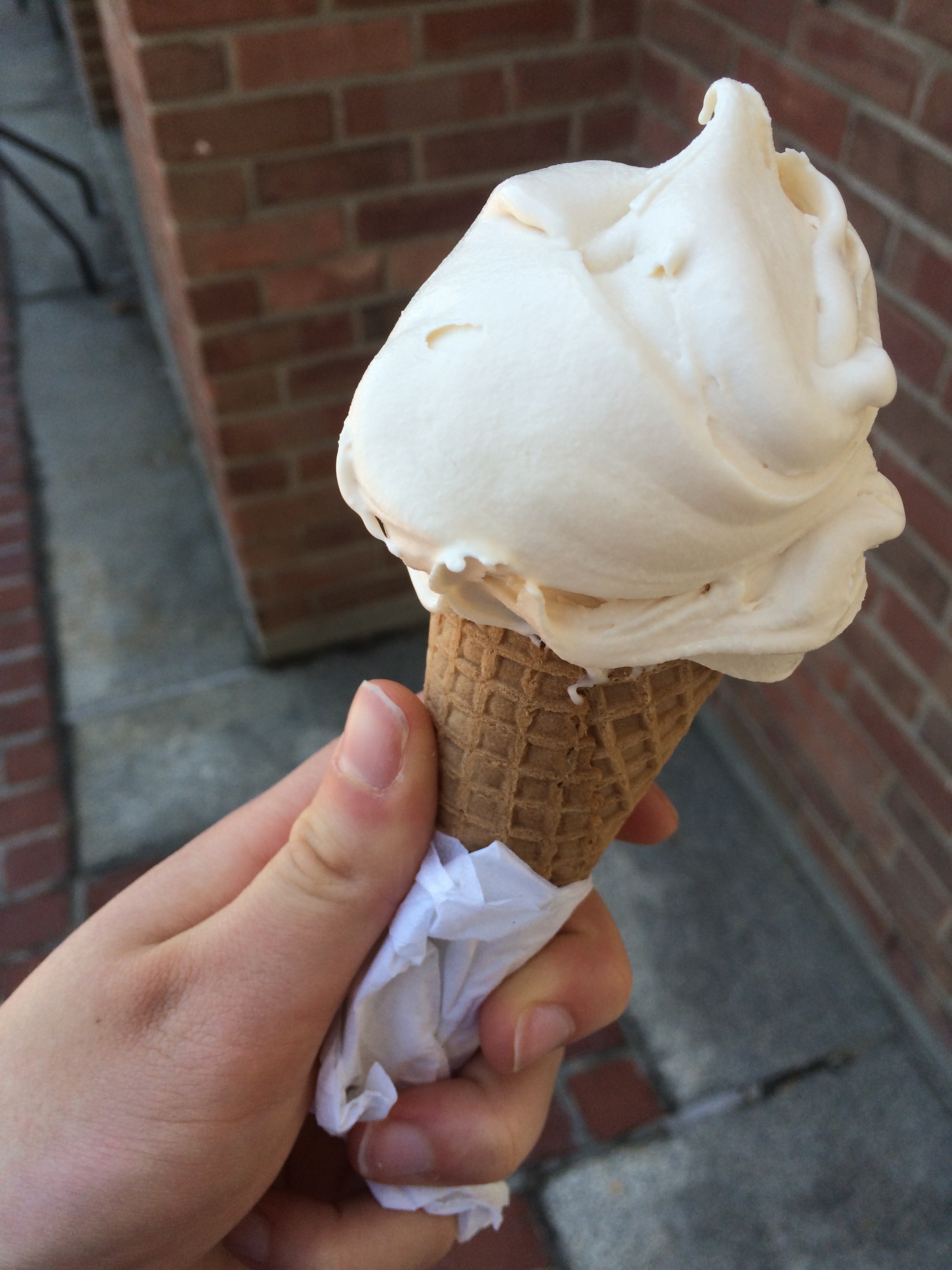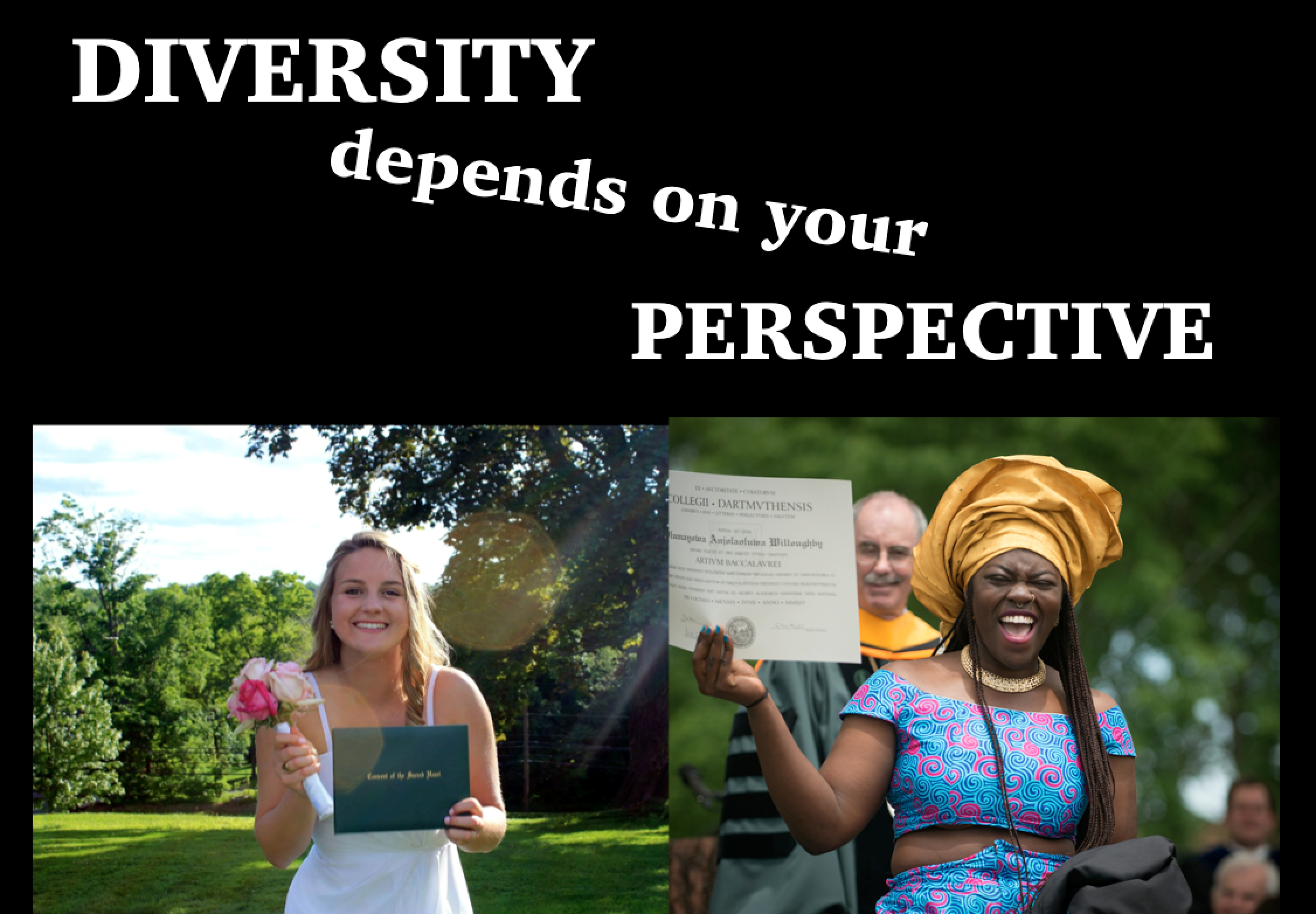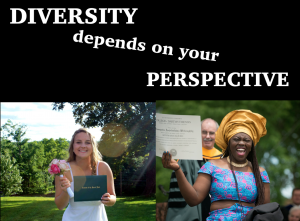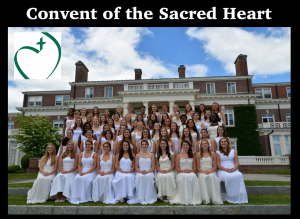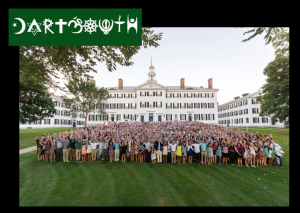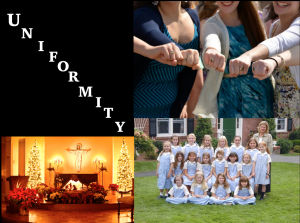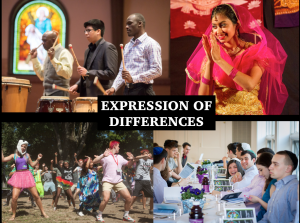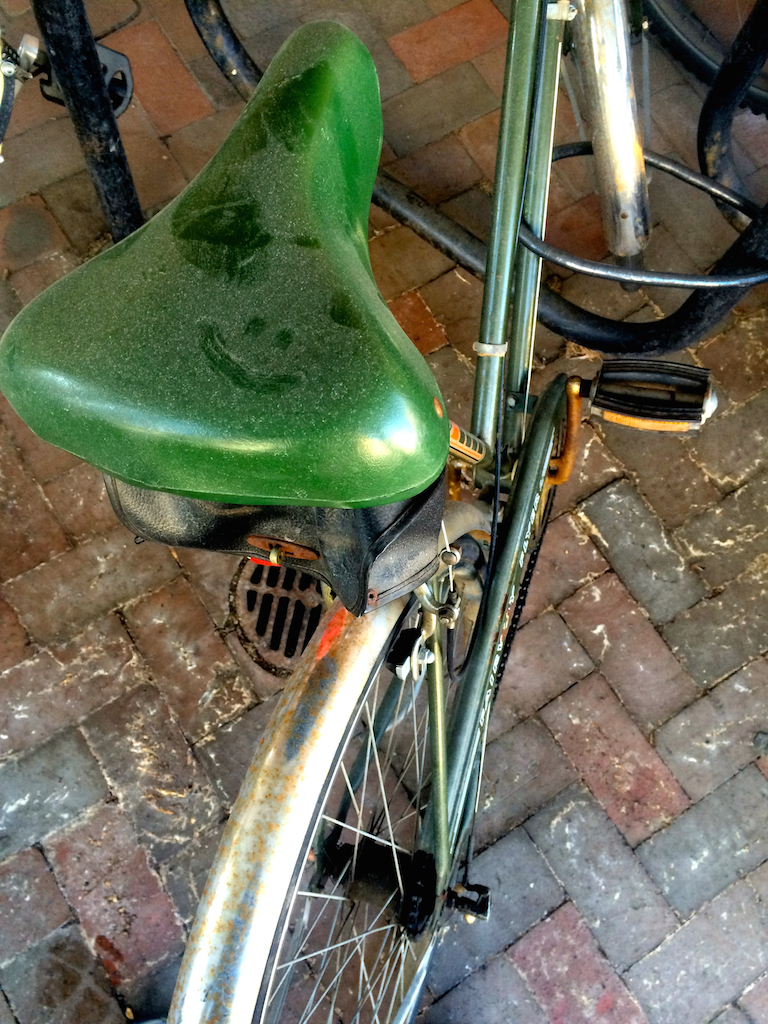In the syle of Dan Kennedy's essay, Pleased to Meet the Facebook Version of You
Pleased to Meet the Facebook Version of You, Jane Gerstner

Cheers to your elegant new profile picture! You look really nice, all dressed up and posed for this professional-looking photo! I’m pleased to confirm that you do in fact have eyes – I had my doubts in person, but I guess that on a day-to-day basis, without the effect of the camera’s flash, they simply get buried in the bags that sag beneath them. You must’ve been well rested here, perhaps since you were home and all (I recognized your front porch). This photo is certainly a bit classier than that previous (waist-up, thank God) photo of you in a bikini, albeit less candid and fun and in touch with nature. Look at you, holding up a REAL LIFE starfish you proudly discovered in the beautiful, resort-laden Cayman Islands over spring break.
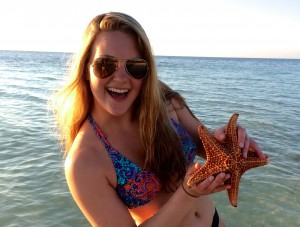
Anyways, back to the current photo. You posted it a few days ago but I wonder if you deliberated over it for a day or two even before that. If so, you can pat yourself on the back, you vain devil… 160 likes?! Do you even talk to half of those people?
The photo’s caption, “hakuna matata” (crafted strictly in lowercase and without proper citation, because you’re cool and probably witty and possibly rebelling against all that academic rigor?) is artfully vague. It leaves all 878 of your “friends” wondering: what’s the connection between The Lion King and this photo of Jane and the strapping young man on her right? I’m assuming “hakuna matata” refers to an inside joke or holds exclusive significance for you and said young man, who, after perusing other photos, I have deduced is your boyfriend.
Since you decided to include this boy in something as important and defining as a profile picture, I’m assuming you are REALLY confident in your oh-so-stable long-distance relationship. It only took you a year! I won’t pry for details about what happened during that month and a half in the fall, when the distance got the best of you and you just really needed to, well, not be tied down. I won’t ask about that other boy you drunkenly kissed right before you and boyfriend “took a break,” though he shows up in quite a few of your other “big green” photos. Creative album title, by the way! You seem like you really like to keep it simple. Yet at the same time, you’re coy – you would never dream of being so direct as to call it “Dartmouth” or “Freshman Year.” Whoops, I forgot to use your signature all-lowercase look.
These photo albums really showcase your fun and quirky and privileged life. It’s awesome that you have so many pics from your family vacations, even though there’s no reason for those to be on Facebook because they’re only relevant to you and your sister on this site - you wouldn't dare tag your Mom or your stepdad. Your photos from the school year are perhaps more appropriate (or inappropriate). The ones from fall term in particular scream: I love to go out! The number of photos and variety of people in those photos has begun to wane, however, which suggests you’ve become busier and found a tighter group of friends. Or you just don’t socialize as much. Don’t worry. I’m sure they still like you even though you can’t find the time to hang. You’re definitely not insecure about it, ever. You’ve just gotten a lot more involved on campus. You’re doing important things! Like advertising for She’s the First’s charity event, Zumbathon, with that snazzy cover photo you spent hours designing.
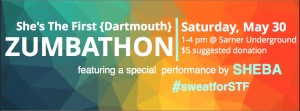
Or posing with all those musical artists, from T-Pain to Misterwives to the less-known Ghost Beach, whose dressing rooms you carefully (and soberly) arranged during Green Key weekend while your other friends sipped beer at the block party.

While the sea of photos generally chronicles your happy and fulfilling life, it’s not easy to infer any substantial biographical information from your “About” page. It still claims that you’re single, which is not the case, is it? It still says you attend Convent of the Sacred Heart, but all of those graduation photos and Dartmouth-related posts beg to differ. Apparently, you still work at YMCA Camp Coniston, even though you were only on staff during the summer of 2013. No mention of your waitressing gig at The Griff, so I guess that’s not important to you, though you might as well embrace it – it seems like that’s where you’ll end up again this summer, since there’s no word of that internship you were hoping for. Your birthday is listed, but without any details about where you were born and grew up. You do, at least, have all of your sisters listed – or rather, a bunch of girls from your middle school and high school who are by no means related to you, but are your “sisters” nonetheless because I guess that seemed like deep expression of friendship at the time. I can’t seem to view any of your “liked” pages, which means you either are too independent to be associated with anything, too important to be bogged down with posts in your newsfeed, or have some elaborate privacy setting in place that you probably don’t even realize you’re employing. But that may be a blessing in disguise, because who knows what you “liked” back in eighth grade when you first got a Facebook. Facebook you now seems pretty cool, but 2009-2010 was a year of dark, embarrassing days. I’ll spare you the humiliation and chalk it up to an awkward phase.
What phase you’re in now, I’m not entirely sure. Meeting you here online, you seem cool and collected and popular enough. You maintain several social and extracurricular engagements. You attend an esteemed college. Your time is well spent. You’ve got your life together.
I’m curious to meet the real version of you, Jane. I wonder if her life is as shiny and happy as Facebook makes it out to be. I wonder if she really does have everything together.
I doubt it.








